Can Alligators Or Crocodiles Eat Turtles?
The internet is flooded with images showcasing alligators and turtles chilling together in their natural habitat, sometimes with the turtle casually lounging on the back of the alligator. Seeing these images everywhere makes you wonder: do alligators actually hunt down these peaceful reptiles in the wild?
Well, turns out, alligators and crocodiles have a taste for turtles. However, they’re not exactly prowling around for turtle snacks all the time. It’s more of a “when hunger strikes” situation. If they happen to be famished and spot an easy target, they might go for it. And when it comes to their meal preferences, alligators tend to favor the smaller turtles that they can gulp down without much hassle.
The sheer biting force of crocodiles and alligators is unmatched in the animal kingdom, instilling dread in humans since ancient times. As ancient reptiles themselves, turtles share habitats with these formidable predators in swamps and wetlands.
But do clashes between these primitive neighbors occur frequently? And if so, who emerges victorious from such encounters? Does the victor then indulge in a feast of their defeated foe? Today, we delve into whether crocodiles and alligators act as predators or coexist peacefully alongside turtles.
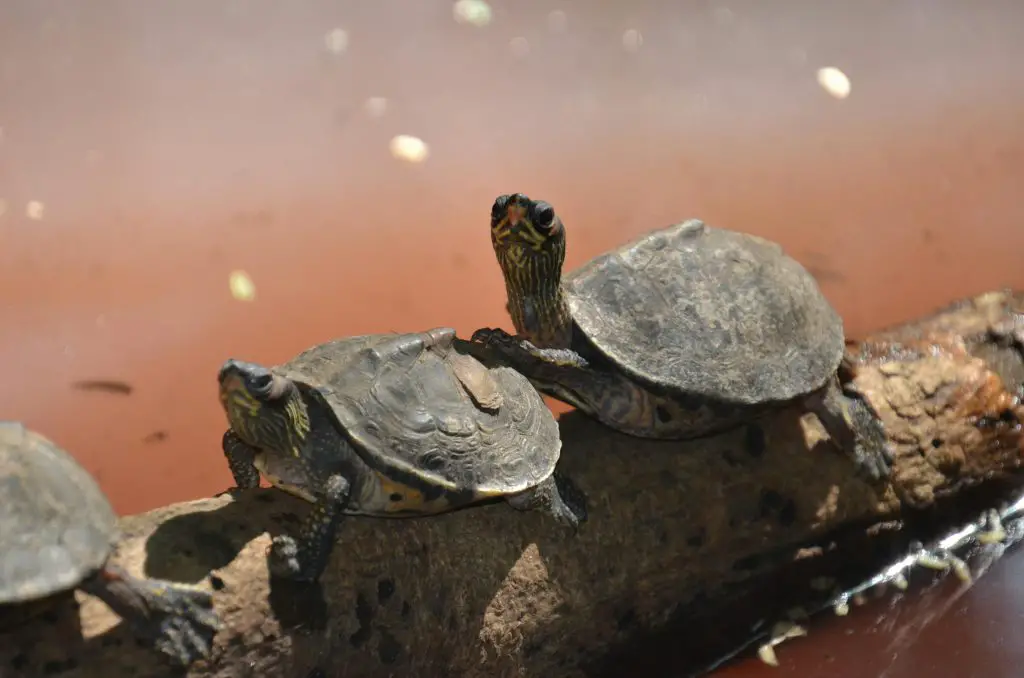
Do Crocodiles Eat Turtles?
When crocodiles find themselves in dire need of sustenance, they won’t hesitate to include turtles in their diet. However, it’s worth noting that turtles aren’t exactly at the top of their preferred menu items.
Despite the sturdy defense of their shells, turtles are no match for the bone-crushing bite of a crocodile, which can exert a force of up to 3,700 pounds per square inch (psi). This formidable force easily penetrates the turtle’s protective armor, leading to their swift consumption in just a matter of minutes.
While turtles indeed possess an impressive pressure tolerance of over 1000 psi, allowing them to withstand pressures equivalent to bearing 200 times their own weight, this resilience still proves insufficient against the savage bite of a crocodile.
Can A Crocodile Eat A Turtle Shell?
Crocodiles wield a formidable biting force of 3,700 pounds per square inch, more than adequate to penetrate the protective shell of a turtle.
Just the act of biting is enough to fracture the turtle’s shell. Crocodiles possess the capacity to digest the shells of turtles.
The shell of a turtle is essentially a reimagined version of ribs, constructed from a diverse array of components, predominantly keratin, the same substance found in the hair and nails of other species.
Crocodiles possess the remarkable ability to metabolize a variety of materials, including bones and the shells of turtles. Additionally, their stomachs receive the byproduct of their hearts’ digestion of deoxygenated blood.
The blood received by the crocodile’s stomach, rich in acidic carbon dioxide, triggers the production of substantial amounts of acidic gastric juice.
This ability enables crocodiles to generate stomach acid at levels capable of breaking down bones.
Furthermore, studies indicate that crocodiles exhibit a stomach acid production rate ten times faster than that observed in other animals or individuals.
How Do Crocodiles Eat Turtles?
In water habitats, crocodiles actively prey on turtles for sustenance. Various species of freshwater turtles, occasionally finding themselves in crocodile habitats, become potential targets.
Encounters with crocodiles typically result in the turtle becoming a meal, as turtles, unlike many other creatures, move at a notably sluggish pace.
Hunting down and consuming a turtle doesn’t require much effort on the part of a crocodile. With their powerful jaws, crocodiles can swiftly dispatch turtles by repeatedly biting them until their shells are crushed.
Do Alligators Eat Turtles?
Alligators frequently indulge in turtles as a favored food source, and by “favored,” we mean the easiest to catch.
While alligators generally lean towards fleshier prey like fish, birds, or amphibians, they won’t pass up the chance to pursue turtles if it arises.
A hallmark of alligators is their knack for stealthily approaching their prey. Patient and calculating, they often wait for the perfect moment to strike when their prey least expects it.
Alligators hold a distinct advantage when it comes to hunting turtles resting near the water’s edge, as turtles with their backs turned are unable to spot the lurking threat.
This vulnerability makes turtles easy targets for alligators. Nevertheless, it’s worth noting that juvenile alligators, due to their smaller size, are unable to prey on turtles.
During their juvenile stage, alligators primarily feed on smaller creatures like snails, insects, fish, and worms, occasionally indulging in fish. As they mature, their diet shifts towards reptiles and larger animals, adapting to prey ranging from medium to colossal sizes.
For an alligator, devouring a turtle is as effortless as a person eating a pistachio with the shell still on.
Given the renowned strength of their jaws, it’s reasonable to assume that alligators can easily penetrate the tough shells of turtles.
Thanks to their potential for substantial growth, alligators can consume turtles at any stage of their lives without difficulty.
Male alligators can reach weights of up to 1,000 lbs, with an average length of about 11 ft (3.5 meters) and a weight of around 600 lbs. In contrast, female alligators typically weigh about 50% less than their male counterparts and grow to lengths of about 8 ft.
The close predator-prey relationship between alligators and turtles stems from the mutual benefits they derive from sharing the same environment.
Do Alligators Eat Turtle Shells?
When alligators hunt and consume turtles, they ingest not only the meat but also the shells of their prey. Lacking true hands, alligators are incapable of removing the shells before consumption.
Consequently, they must consume the turtles whole, breaking the shells to create manageable pieces of flesh that they can swallow. Fortunately, the large mouth of an adult alligator easily accommodates this process without any issues.
Their digestive system is intricately designed to process a wide array of food, from bones and cartilage to shells and just about anything else they ingest.
Given that turtles can regulate their oxygen levels while submerged, an alligator would have to crush them to death before consuming them live.
You might be curious about how an alligator manages to crack open the shell of a turtle. It’s all about the remarkable strength of their jaws, which enables them to break the shells of turtles they consume, making the prey fit comfortably within their mouths.
The biting force of an alligator far surpasses that of a turtle, no matter how tough the turtle’s shell may seem.
In terms of animal biting power, alligators rank among the strongest. Just picture yourself caught within the jaws of an alligator, struggling to pry them open.
The force needed for such an action is akin to lifting a pickup truck. With biting power reaching up to 9,452 newtons, roughly equivalent to 2,124 pounds, alligators possess an astonishing level of strength.
It’s crucial to note that these predators won’t bother with an empty turtle shell if they come across one.
Do Alligators Eat Snapping Turtles?
Like other types of turtles, alligators frequently include snapping turtles in their diet. Sharing the same freshwater habitats, alligators often consume snapping turtles as a regular part of their food source.
Despite their reputation for aggression, alligators have no trouble hunting and consuming snapping turtles when the opportunity arises.
Alligator snapping turtles, a distinct subspecies of snapping turtles, are renowned for their resemblance to alligators and their distinctive spiky appearance.
This subspecies has its own distinct name. Despite their shared characteristics, alligator snapping turtles face the potential threat of being hunted by alligators, which bear a striking resemblance to them.
Do Alligators Eat Eggs Of Turtles?
In the majority of cases, alligators refrain from consuming turtle eggs. Due to the size of their heads and the structure of their mouths, it’s quite challenging for them to pick up eggs from the surface with their elongated mouths.
In their natural habitat, alligators prefer hunting larger animals like turtles for their food source. It stands to reason that they target larger prey because it provides more flesh, ultimately helping them stay satiated for longer periods.
Conclusion
Despite their seemingly amiable interactions with turtles, alligators cannot suppress their natural predatory instincts when faced with hunger.
In times of food scarcity, predators like alligators and crocodiles are compelled to consume whatever prey is available, as the wild conditions are highly unpredictable.
Hence, adult alligators won’t hesitate to devour turtles if they happen to be the easiest and most convenient food source in their vicinity.
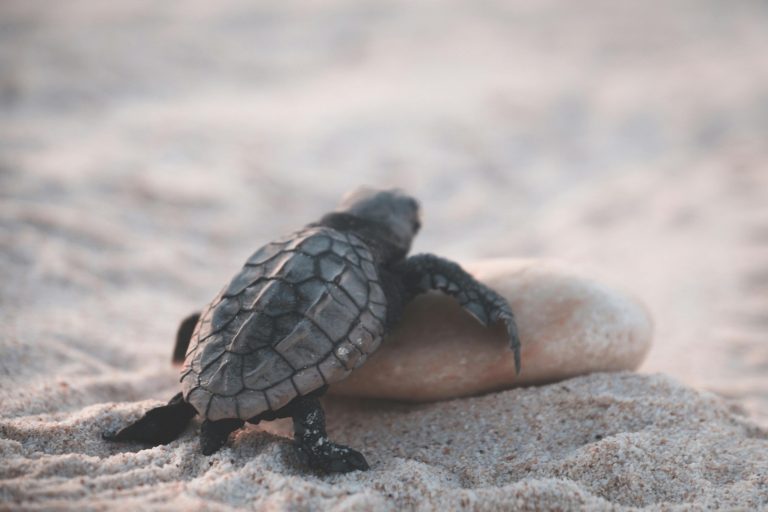
![How Can I Ship My Turtle? [Foolproof Guide]](https://spreadhapiness.com/wp-content/uploads/2024/04/4.-1-768x512.jpg)
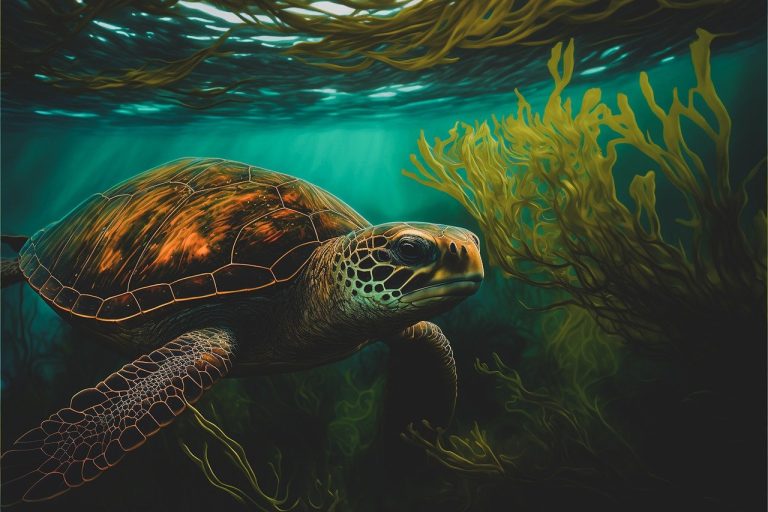
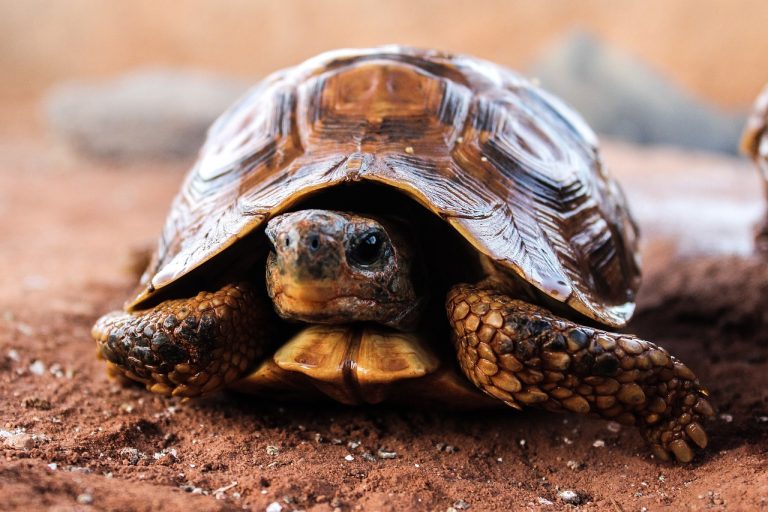
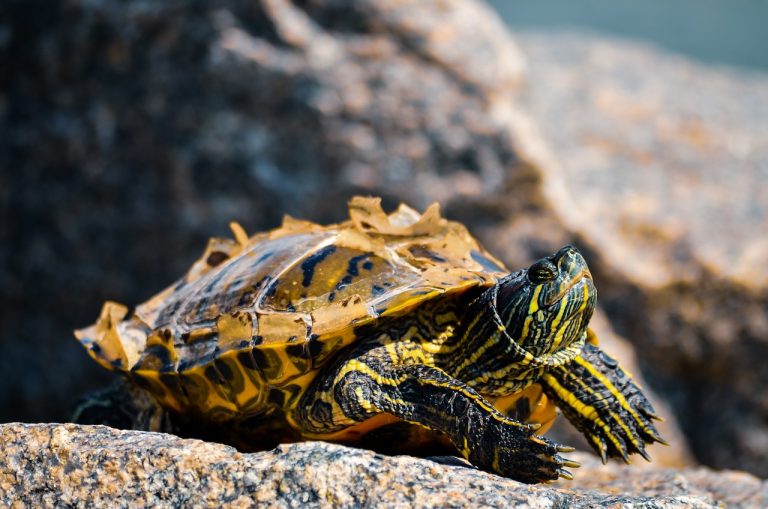
![Chicken Turtle Care For Beginners [Comprehensive Handbook]](https://spreadhapiness.com/wp-content/uploads/2024/04/chicken-turtle-4-768x509.jpg)